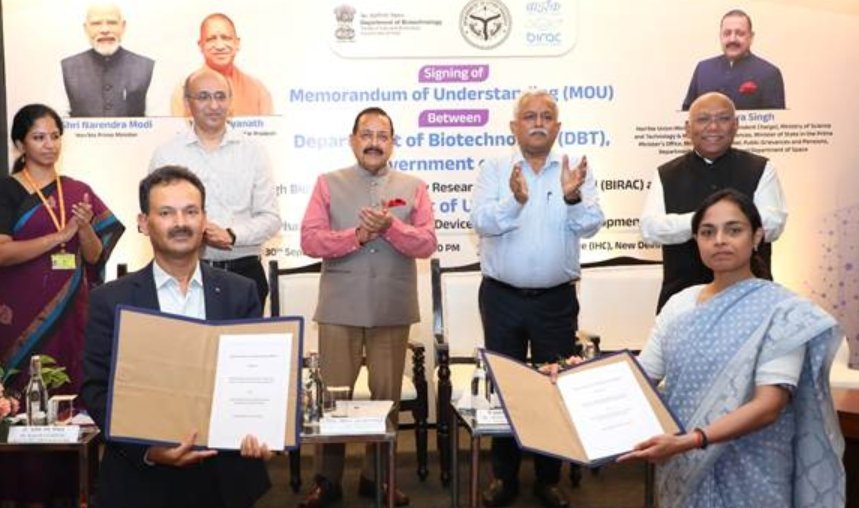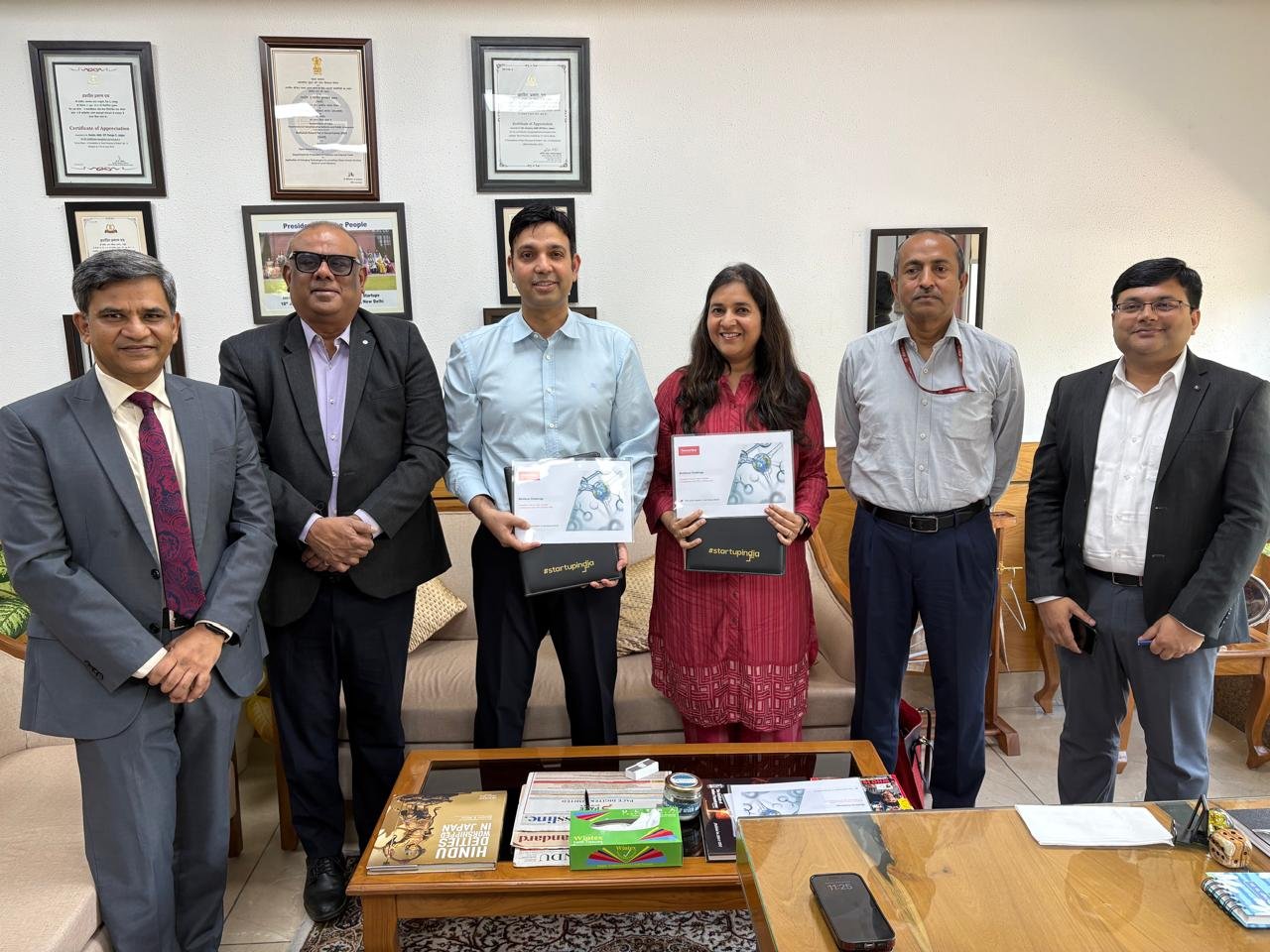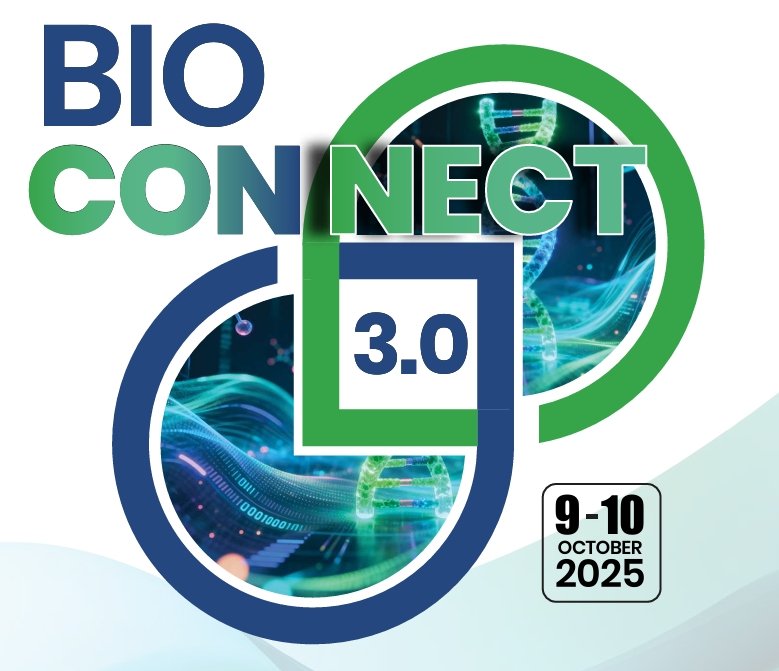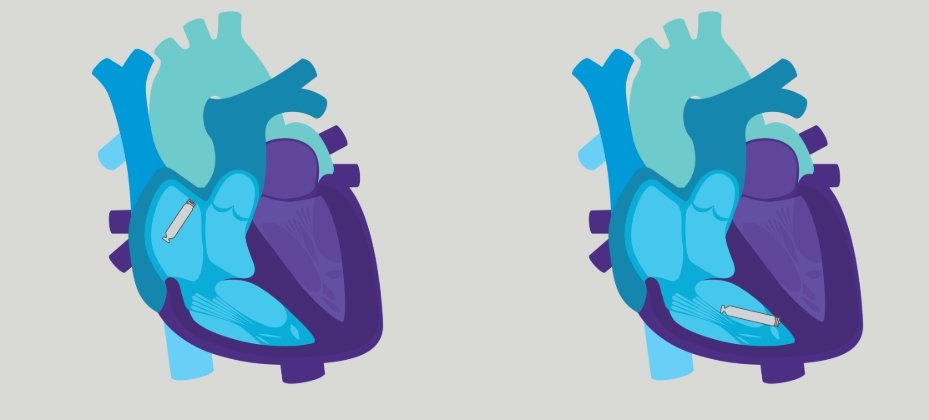Global allergic rhinitis treatment market to remain stagnant over next decade
November 03, 2015 | Tuesday | Features | By BioSpectrum Bureau
Global allergic rhinitis treatment market to remain stagnant over next decade
(Photo Courtesy: www.procureinsights.wordpress.com)
The value of the global treatment market for Allergic Rhinitis (AR) will witness minimal growth from $7.2 billion in 2014 to $7.3 billion by 2024, representing a Compound Annual Growth Rate (CAGR) of 0.1 percent, says research and consulting firm GlobalData.
The company's latest report states that the global market will remain stagnant by 2024, primarily due to an increasing push for patients to self-medicate using over-the-counter (OTC) products, hindering growth in the prescription drug space.
Dr Claire Gibson, GlobalData's managing analyst, says: "In an attempt to retain a revenue stream from branded generics, companies have sought a successful strategy to convert their AR prescription drugs to OTC status, known as the Rx-to-OTC switch, transferring these products to their respective consumer care units.
"Direct-to-consumer advertising, increased co-payments on prescription AR drugs, and stretched healthcare resources, as well as the increasingly competitive cost of OTC-equivalent options, will further drive the growing trend for AR patients to seek treatment independently."
The analyst adds that of the seven major pharmaceutical countries of the US, France, Germany, Italy, Spain, the UK and Japan, the US holds the largest AR treatment market share of 38 percent, which will remain the same over the forecast period.
The introduction of US Food & Drug Administration (FDA)-approved OTC intranasal corticosteroids (INCS) in the US is set to have a particularly negative impact on the prescription drug treatment rate.
Dr Gibson explains: "Second-generation H1 receptor antagonists and INCS are the leading drug classes in terms of market value, with the latter currently capturing almost half the total AR treatment space. However, their share will shrink from 63 percent in 2014 to 48 percent by 2024, due to the launch of novel allergen immunotherapies for treating moderate-to-severe AR over the forecast period.
"These immunotherapies will subsequently start dominating the AR therapeutics space, with their sales increasing from 14 percent in 2014 to 26 percent by 2024. Their uptake will account for the majority of the anticipated AR drug market growth, and will offset the dip in sales caused by generic erosion of leading AR treatments, such as Nasonex and Astepro (azelastine hydrochloride), as well as Singulair (montelukast sodium) in Japan."










